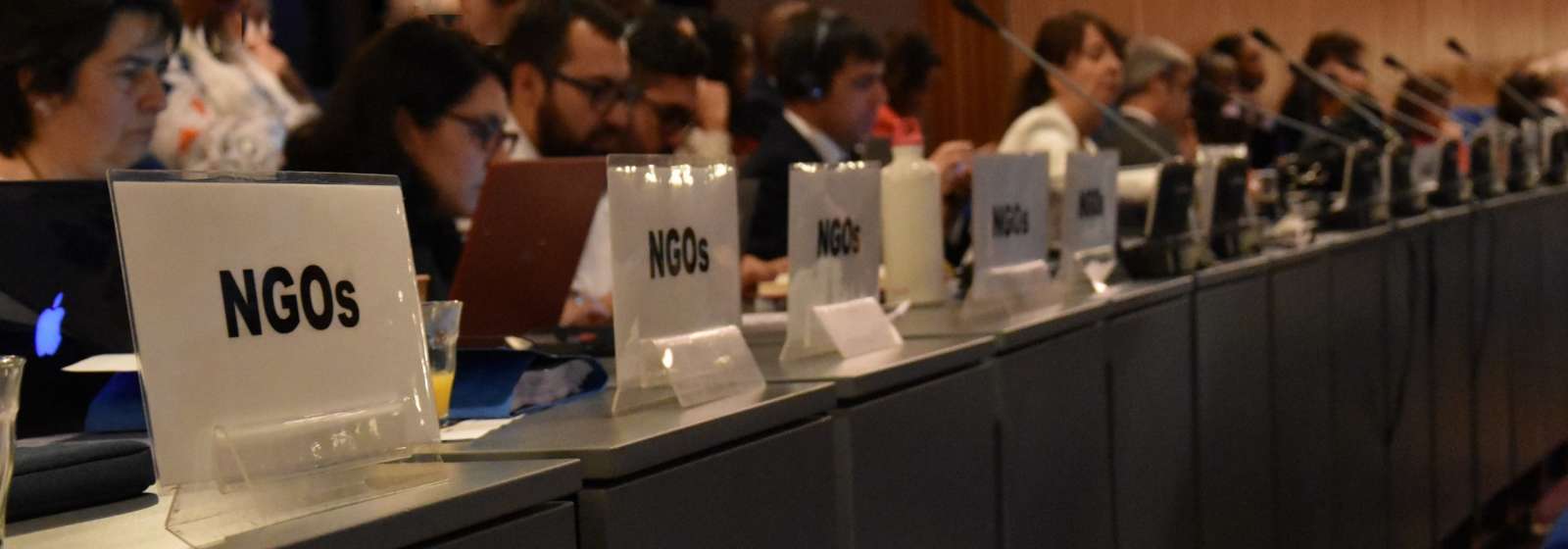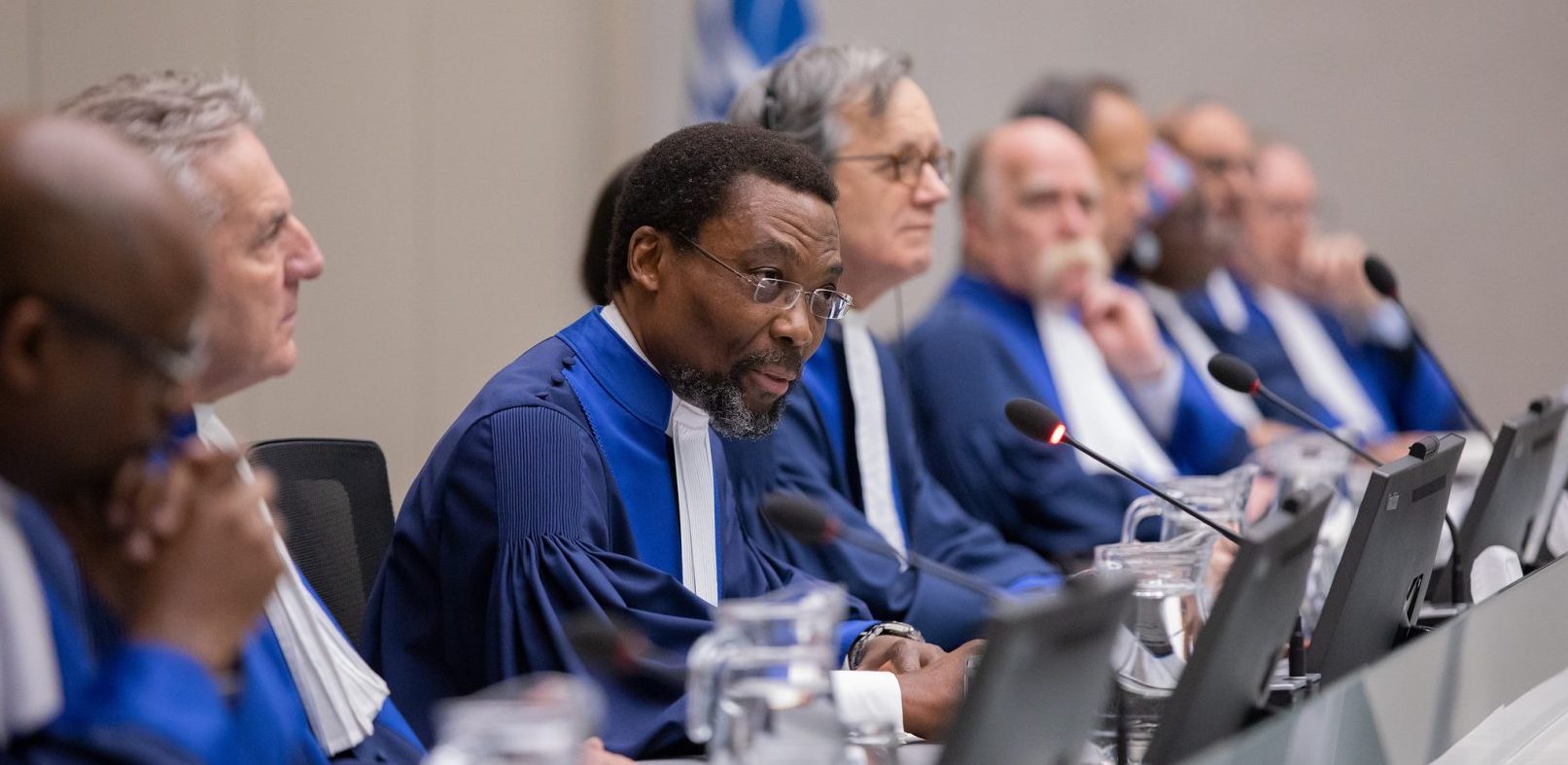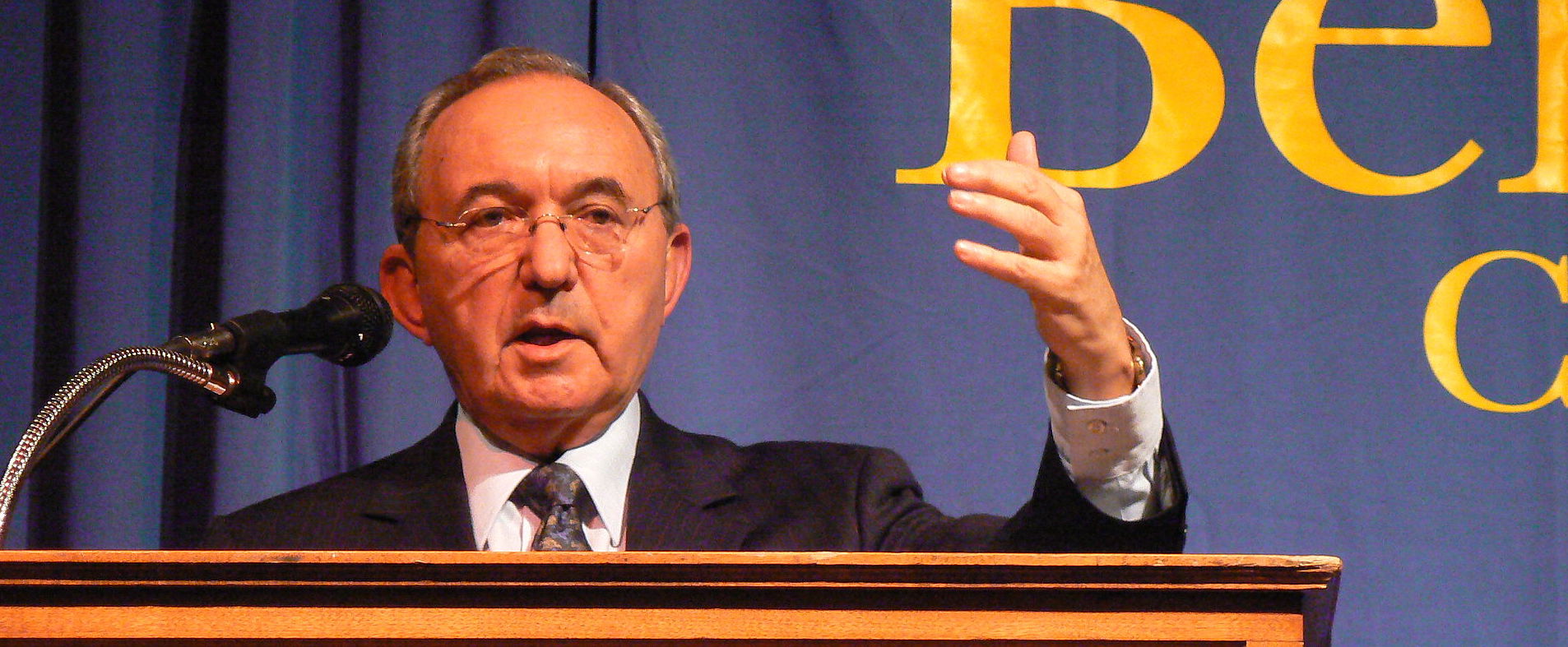Genocide- UN failure in Rwanda and the former Yugoslavia
Last week the “Butcher of Bosnia,” Ratko Mladić, was convicted and sentenced to life in prison for orchestrating genocide, war crimes and crimes against humanity committed during the Bosnian War. The day his verdict and sentence were announced I happened to be in Rwanda, Kigali walking the halls of the Kigali Genocide Memorial Centre, where the horrors of yet another genocide are in exhibited. Naturally, the brutality of the crimes, the suffering of innocent people and the blatant disregard for human life were factors that immediately affected me, but the glaring and calamitous failure of the United Nations in both instances was the most disappointing element.
In Rwanda, the genocide claimed the lives of roughly 500 000 – 1 000 000 people in the space of 100 days. The genocide was carefully planned by members of the core political elite in Rwanda, as they mobilised and encouraged armed forces and ordinary Hutu civilians to slaughter their Tutsi neighbours and any Hutus who opposed the purge.
Ethnic tension in Rwanda has a long and complicated history exacerbated by the negative effects of colonialism, and an imbalance in political and economic power. Whilst there was violence and fighting between ethnic groups in the past, the 1994 genocide constitutes the worst manifestation of the ethnic tension in Rwanda in the 20th century.
The 1990-1993 civil war between the Rwandan Patriotic Front (RPF), who were operating from neighbouring Uganda, and the Rwandan Government attracted the presence of UN peacekeepers. The UN Assistance Mission for Rwanda (UNAMIR) was mandated to supervise the implementation of the Arusha Accords, which was a peace agreement between the government of Rwanda and the RPF designed to bring an end to the civil war.
UNAMIR commander Roméo Dallaire received information about the imminent massacre and relayed it to UN Headquarters requesting: reinforcements; permission to raid suspected weapons storage facilities; and protection of an informant who had provided compelling information. Unfortunately, his requests were denied and the threat of mass extermination was ignored. A few months later, the slaughter began. Members of the UN force were withdrawn and seventy percent of the Tutsi population was wiped out.
On day one of the genocide, hundreds of Tutsis fled to a school where 90 UN troops were stationed and armed with a machine gun. The UN decided it was more important for those troops to escort foreigners out of Rwanda than to protect the Tutsis at the school and so they abandoned the school and all who sought refuge there. Hours later 2000 people at the school were dead.
The UN failed on three fronts, it ignored warnings, it failed to effectively act whilst the killing was underway and it even abandoned the people who hoped and believed the UN would to protect them.
A year later in 1995 the Balkans would be the stage upon which the next brutal massacre of civilians would play out. Mladic was the army general who directed his troops to commit the worst massacres seen in post war Europe. Indicted in 1995, he was a fugitive for 16 years. Mladic claimed to be avenging his Serbian people and protecting them from the Bosnian Muslims and Croats. His crimes include the 1995 killing of the 7,000 Bosniak men and boys at Srebrenica and the 3 year beleaguerment of Sarajevo where over 10,000 people died. Mladic told his troops to “burn their brains” and “shell them until they’re on the edge of madness.”
Given that the region was at war, the UN peacekeepers were present. In Srebrenica, a small salt mining town, the UN had created a “safe zone” and was responsible for the protection of Bosniak civilians. However, they failed to deploy enough troops to defend the area.
Not only were they outnumbered and outgunned but some of the troops apparently abandoned their posts. Therefore, in July 1995, after the UN troops capitulated, Mladic marched into the small enclave and took control. The men and young boys were rounded up and shot with their hands tied behind their backs and their bodies were dumped in mass graves. Granted, Mladic took UN soldiers hostage and seemed to have little respect for them but this does not absolve the UN of its responsibilities.
The UN released a report detailing its errors in judgement and condemning its failure to act. Kofi Annan stated that “the tragedy of Srebrenica will haunt our history forever” and that the international community “failed Rwanda at that time of evil”.
The UN and all its mandated organs have the responsibility to prevent atrocities and maintain global peace and security. As per its founding Charter, the UN was designed to “save succeeding generations from the scourge of war”. If Rwanda and Srebrenica are anything to go by then we sadly have a long way to go.
**This article appeared in the Star Newspapers on 30 November 2017 under the title ” Failing to Protect and Stop Atrocities”



